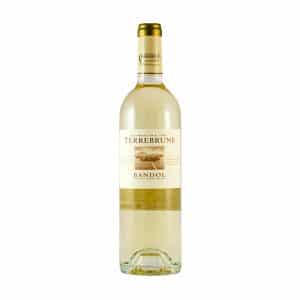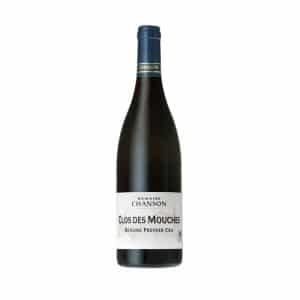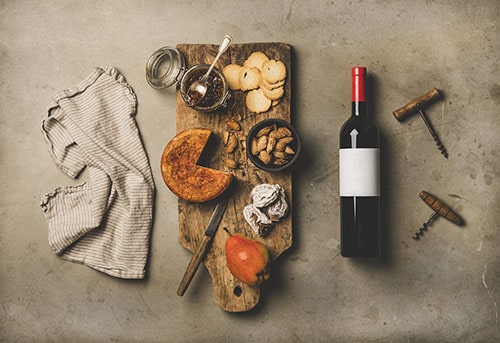Showing all 3 resultsSorted by popularity
- Home
- About
- Producers
- France
- Domaine Marcel Diess (Alsace)
- Le Vignoble du Rêveur (Alsace)
- Domaine Trapet (Alsace)
- Domaine Chanson Père et Fils (Burgundy)
- Domaine du Clos de Tart (Burgundy)
- Domaine de Courcel (Burgundy)
- Maison Langlois-Chateau (Loire Valley)
- Domaine Pascal Cotat (Loire Valley)
- Château Pierre-Bise (Loire Valley)
- Château Villa Bel-Air (Bordeaux)
- Domaine de la Grange des Pères (Languedoc)
- Domaine Mas Jullien (Languedoc)
- Chateau de Campuget (Côtes du Rhône)
- Domaine de Terrebrune (Provence)
- USA
- Italy
- Spain
- Germany
- France
- Shop
- News
- Contact
(08) 7324 4447
- Home
- About
- Producers
- France
- Domaine Marcel Diess (Alsace)
- Le Vignoble du Rêveur (Alsace)
- Domaine Trapet (Alsace)
- Domaine Chanson Père et Fils (Burgundy)
- Domaine du Clos de Tart (Burgundy)
- Domaine de Courcel (Burgundy)
- Maison Langlois-Chateau (Loire Valley)
- Domaine Pascal Cotat (Loire Valley)
- Château Pierre-Bise (Loire Valley)
- Château Villa Bel-Air (Bordeaux)
- Domaine de la Grange des Pères (Languedoc)
- Domaine Mas Jullien (Languedoc)
- Chateau de Campuget (Côtes du Rhône)
- Domaine de Terrebrune (Provence)
- USA
- Italy
- Spain
- Germany
- France
- Shop
- News
- Contact




